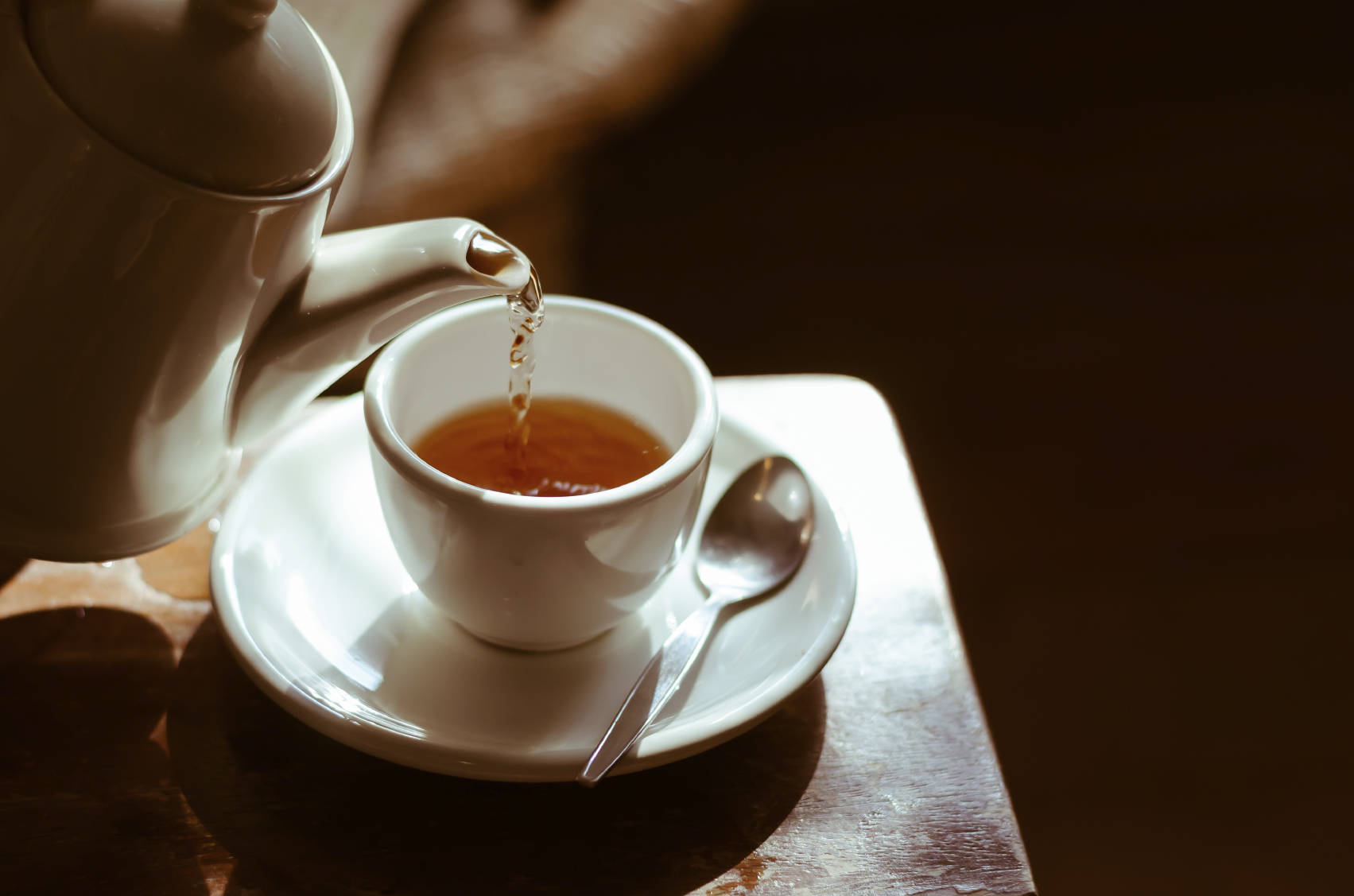
Some moves towards healthier diets can be seen in recent decades, with shifts to low calorie soft drinks, from whole to skimmed milk and to eating more fresh fruit, but weekly consumption of chips, pizza, crisps and ready meals has soared.
The changing food habits of Britons are revealed in new figures from the National Food Survey, which has been running since the Second World War, published by the Environment Department (Defra) as part of its “open data” scheme.
The new data from 150,000 households who took part in the National Food Survey between 1974 and 2000, combined with information from 2000 to 2014 which is already available, shows a dramatic shift from white to brown, wholemeal and other bread.
But Britons have also reduced the amount of bread they eat by 40% since 1974. Based on a 40g slice from a medium sliced loaf, the amount people are eating has fallen from 25 to 15 slices a week in the last four decades, the figures suggest.
Traditional spreads for bread such as butter, margarine and dripping have all fallen in popularity since 1974.
The Great British “cuppa” has also declined since the 1970s, with tea consumption falling from 68g per person per week to just 25g.
With a teabag or portion of loose tea weighing around 3g, that means Britons are drinking on average just eight cups of tea a week today, down from 23 in 1974.
That other great British staple, fish and chips, appears to be in decline. While the amount of chips we eat a week has gone up significantly, consumption of white fish and takeaway fish both more than halved between 1974 and 2014.
People are eating around the same amount of fresh vegetables as they were 40 years ago, but we have gone off our greens, with consumption of courgettes, mushrooms, aubergines, and packs of stir fry veg all increasing instead.
Changing technology, with an increase in freezers and microwaves, has also led to shifts in what we are eating. Consumption of ready meals and convenience meats have increased six-fold since 1974.
Other social changes emerge from the long-running survey, with questions about owning chickens and getting your own eggs dropped in 1991 and a somewhat belated end in the same year to asking the “housewife” to fill out the questionnaire.
And Britons are spending a smaller proportion of pay, 11%, on food today than in 1974, when almost a quarter (24%) of the pay packet went on food.
Environment Secretary Elizabeth Truss said: “Food is the heart and soul of our society and this data not only shows what we were eating 40 years ago, but how a change in culture has led to a food revolution.
“Shoppers are more plugged in to where their food comes from than ever before, the internet has brought quality produce to our doorsteps at the click of a button, pop-up restaurants are showcasing the latest trends and exciting global cuisines are now as common as fish and chips.”
READ MORE
High Street coffees contain ‘shocking’ levels of sugar – more than fizzy drinks

Enjoy the convenience of having The Sunday Post delivered as a digital ePaper straight to your smartphone, tablet or computer.
Subscribe for only £5.49 a month and enjoy all the benefits of the printed paper as a digital replica.
Subscribe